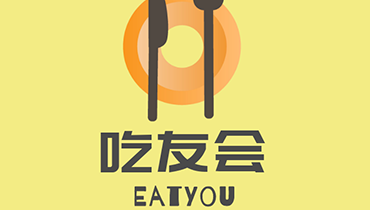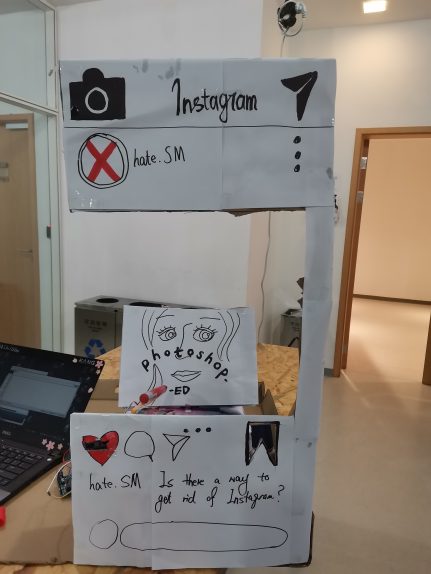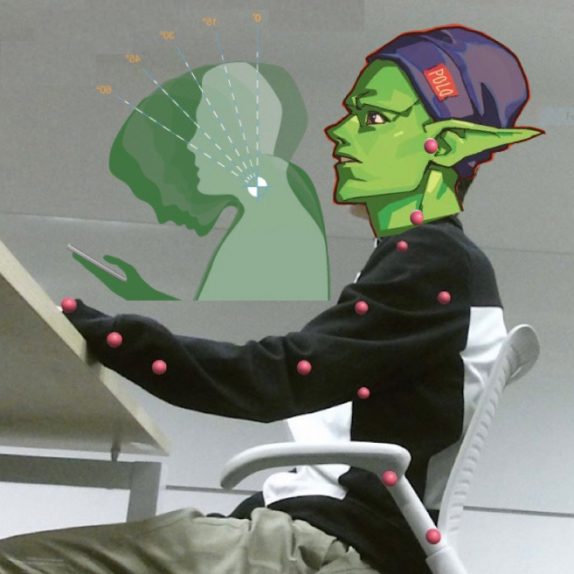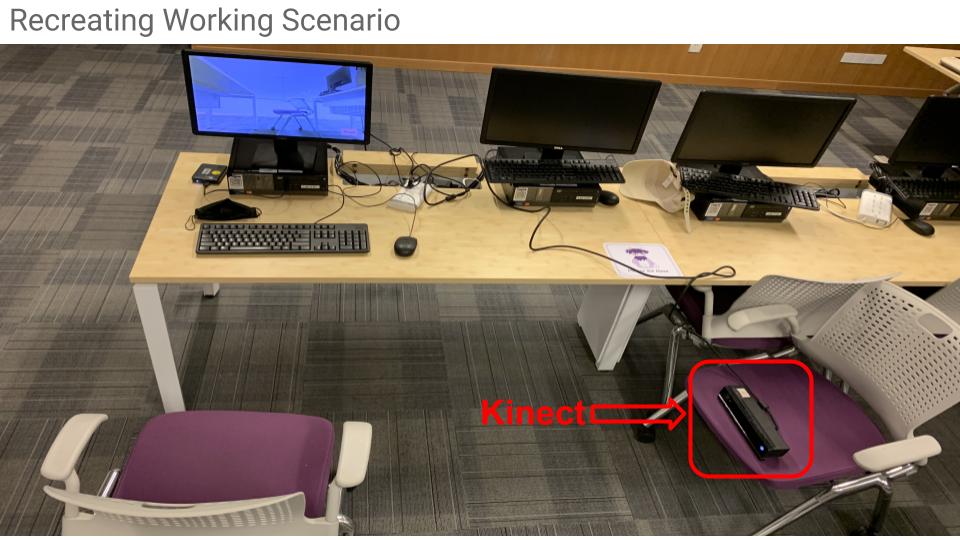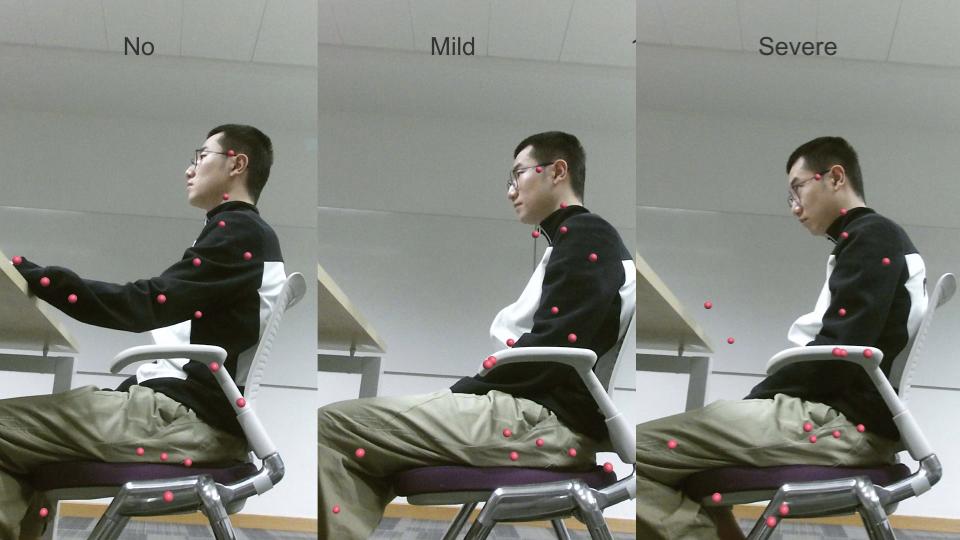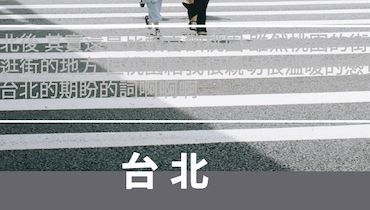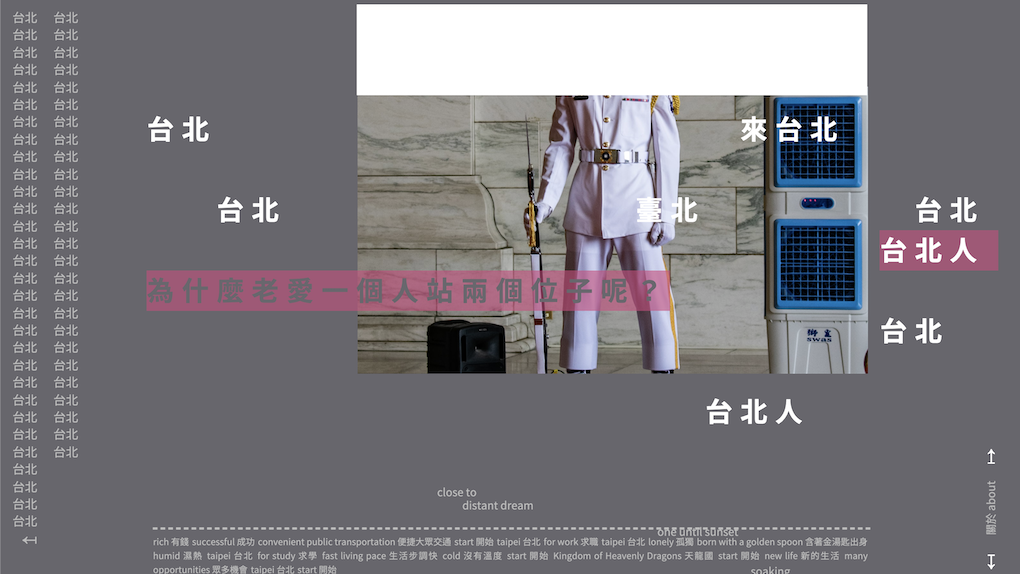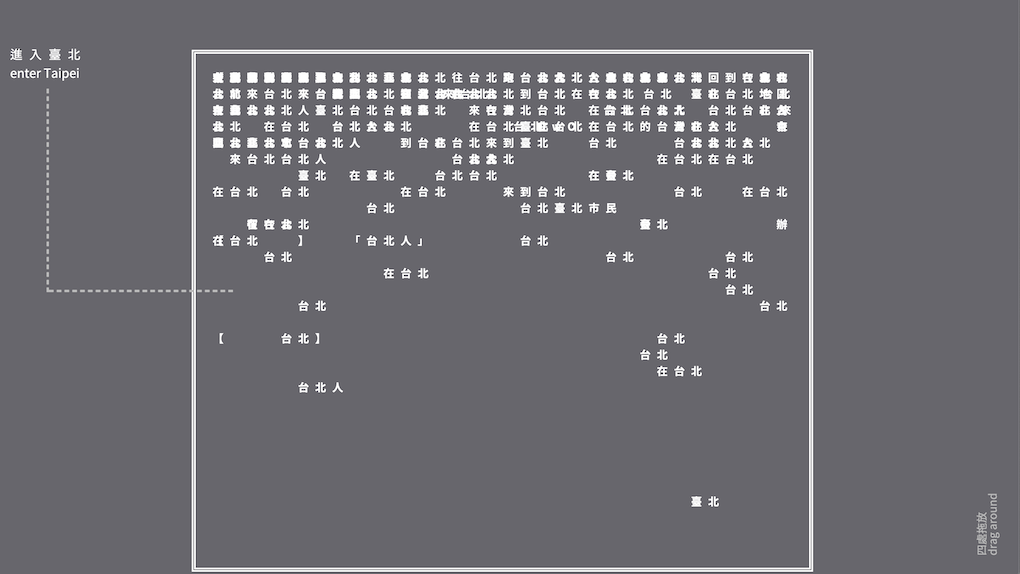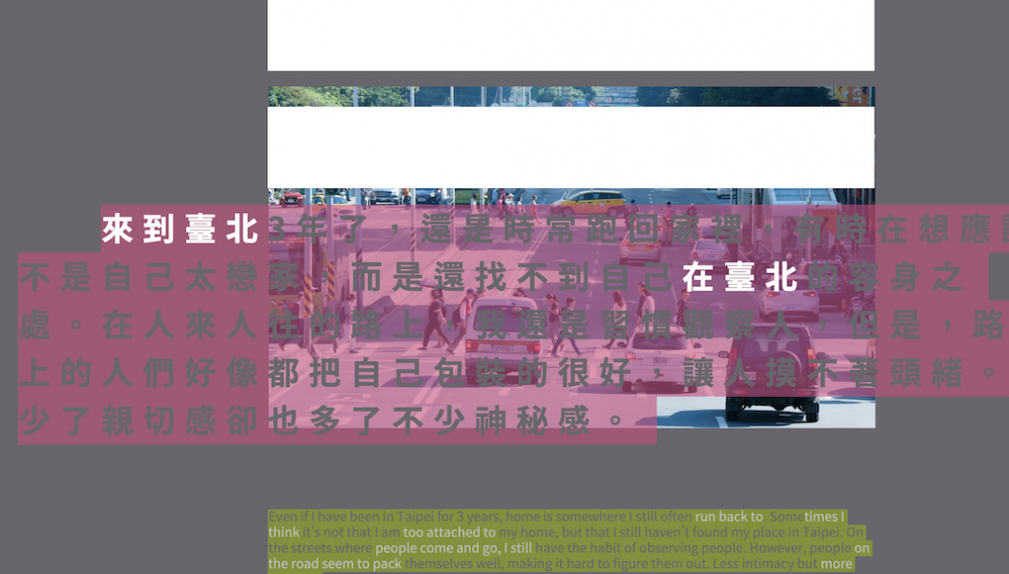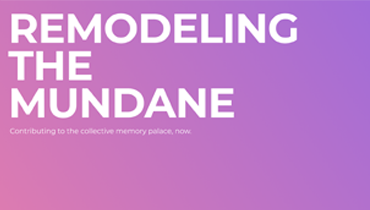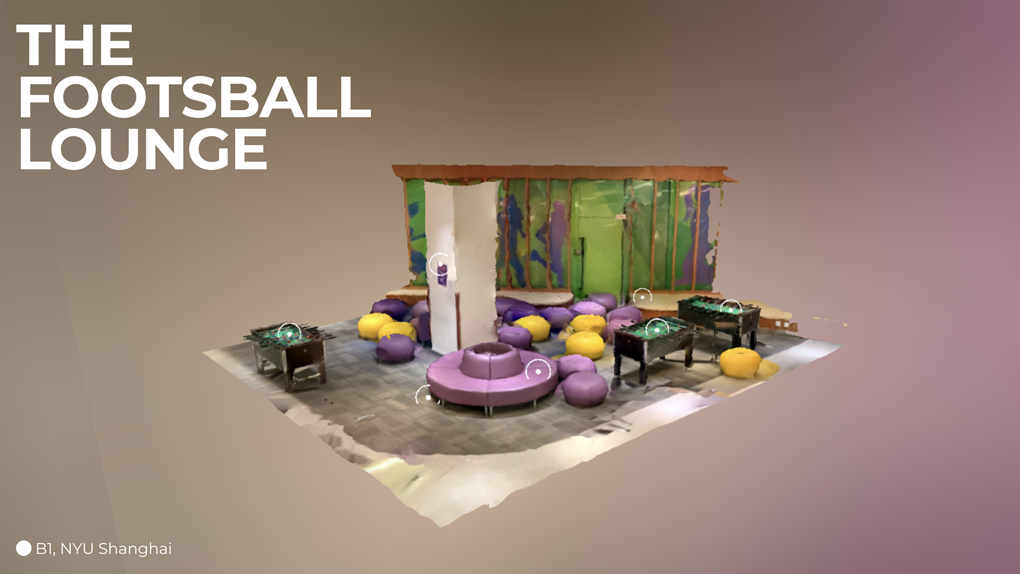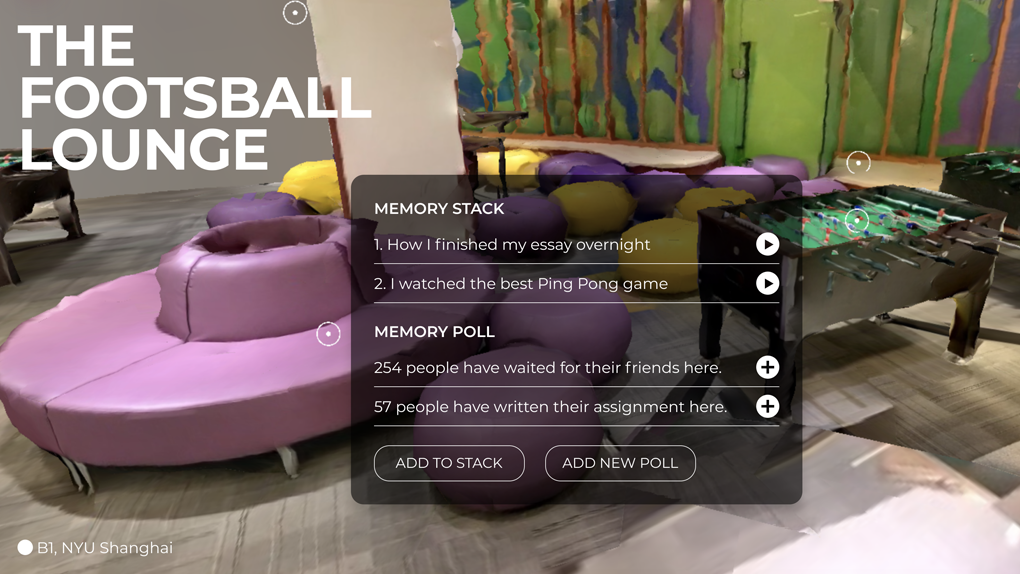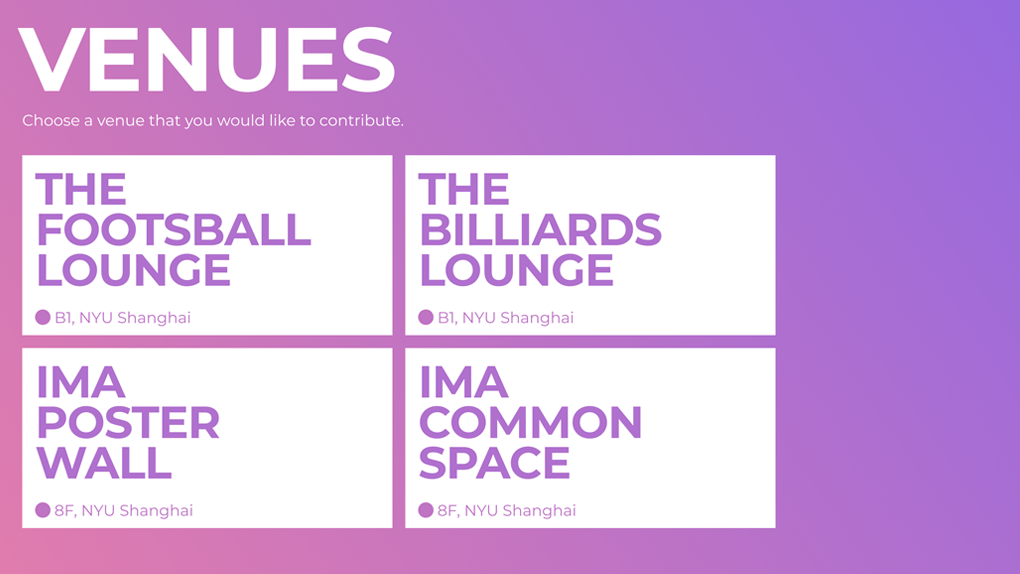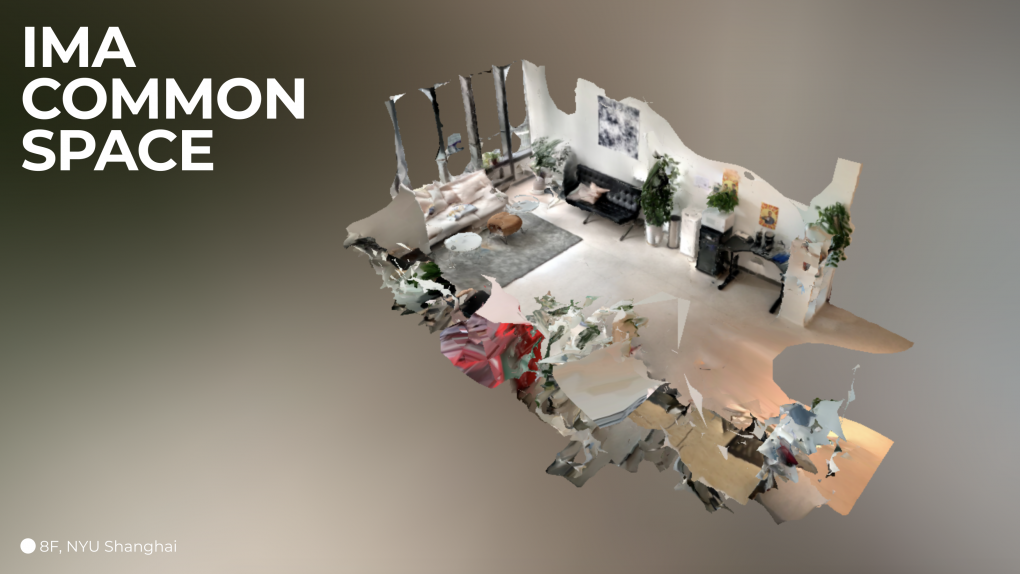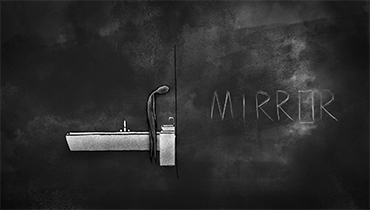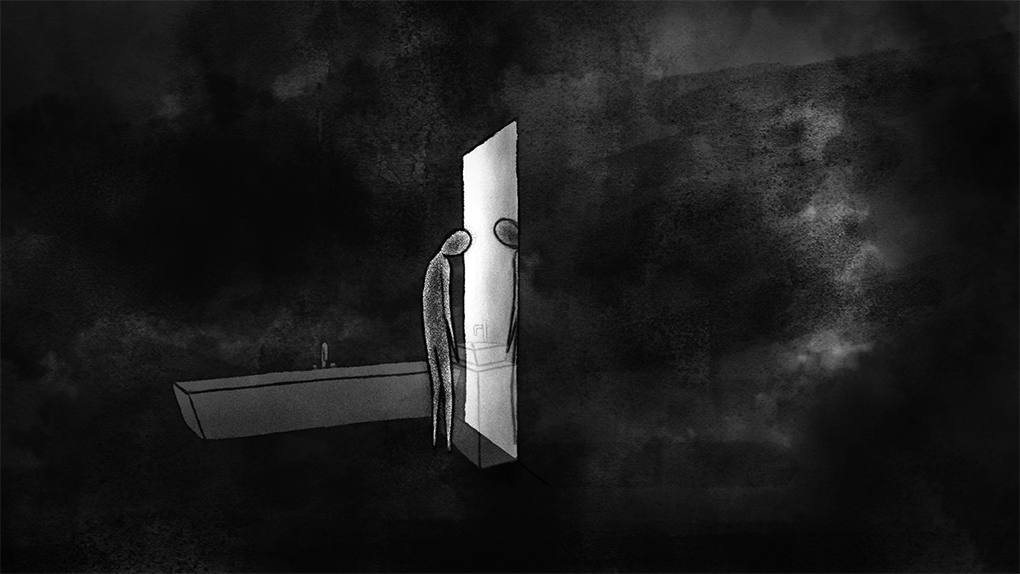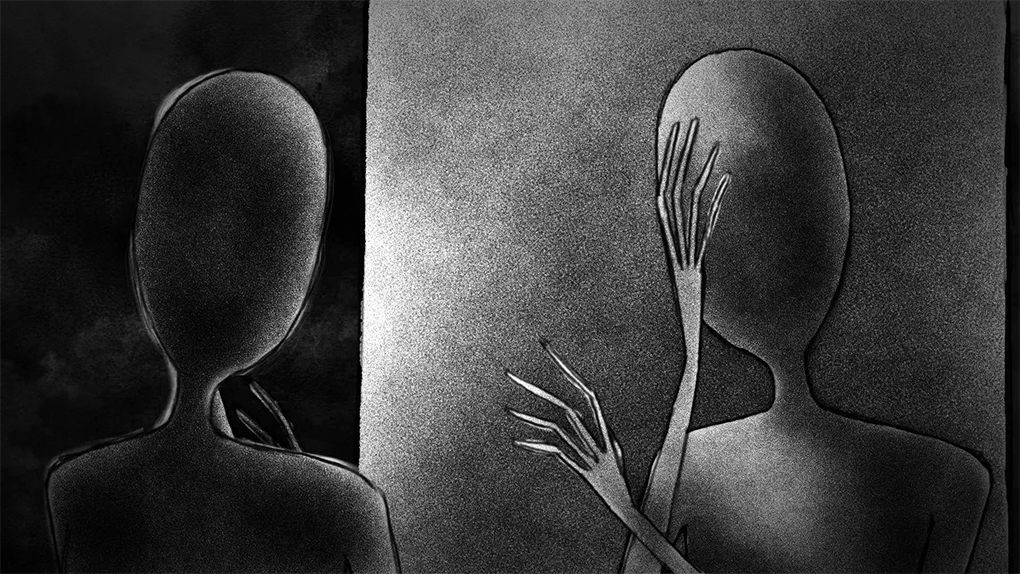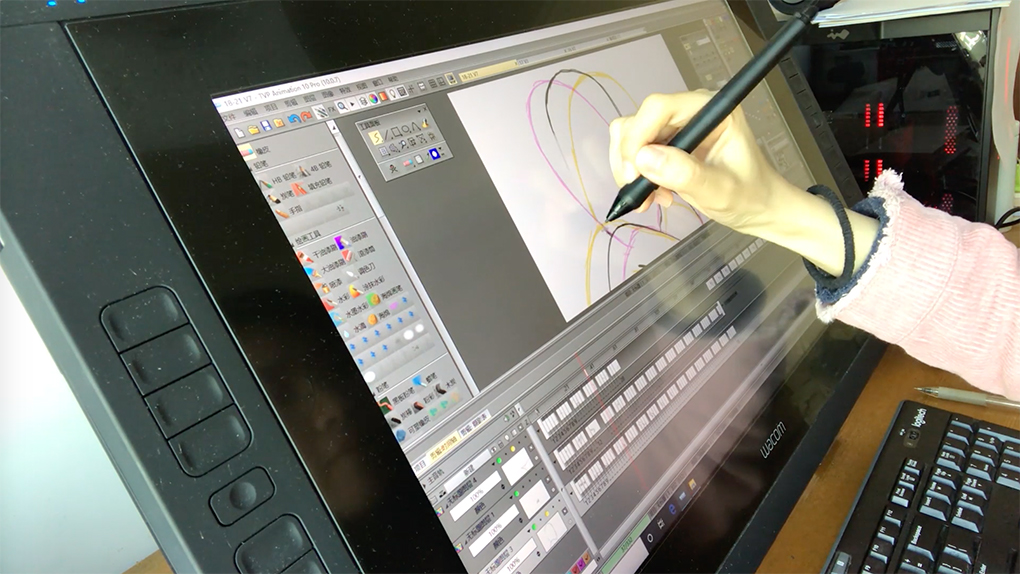The project is a multimedia interactive installation, taken inspiration from the social media app Instagram, that aims to reveal the negative user experiences that are evoked by social media, including the pressure towards overexposure of user privacy and the anxiety towards the distancing of a social-media self and a true self.
Linjie Kang
https://youtu.be/aT0pH1rIzq8
Description
The project is a multimedia interactive installation, taken inspiration from the social media app Instagram, that aims to reveal the negative feelings that are evoked by social media, including the pressure towards overexposure of user privacy and the anxiety towards the distancing of a social-media self and a true self. Simulating the browsing of Instagram user posts, the project basically detects the existence of audiences and responds accordingly, as the more people come to visit it, the messer the installation will end up, because the infrared detection trigger system is connected to spray painters.
In our age, there’s no way for one to escape from social media. It is true that social media brings convenience to our daily life, however, with it also come various negative experiences. The vague boundary of privacy and publicity in social media which makes people feel insecure and overly exposed has long been a heated discussion, while the forming sharing and posting culture on social media has forced people to go through a self-filtration process where people gradually start to fake themselves on their personal accounts. Due to these reasons, it is common for people to live a masked life on social media where only beautiful looking things are recorded, while the true self that is behind the screen is often hidden.
Based on this life experience, the installation aims to reveal the true anxious emotions people are having that are hidden behind the screen and unseen on social media. The installation explores the exposure of privacy through social media by turning the once virtual and personal information largely public, and it physicalizes the two-folded life people are having online and offline, making the once internal emotions and pressures external and visible to all.
IMA/IMB Shanghai
Capstone Studio (Shanghai)
Art,Social Good/Activism

